The Supreme Court ruled Thursday that a Massachusetts law mandating a 35-foot “buffer zone” around abortion clinics is unconstitutional because it limited speech on sidewalks and other “public fora.”
But in dozens of other decisions over the last 30 years, the court has held that buffer zones can be constitutional. Even if they’re outside medical facilities. And even if they encroach on public fora. So what gives? How’s a protester supposed to know where it’s constitutional to protest and where it’s not?
Here’s a quick-and-dirty guide on when and where (constitutional!) buffer zones still apply:
Outside some local abortion clinics…

While the court’s decision Thursday will almost definitely lead to legal challenges to existing buffer zone laws, cities and counties from San Francisco to Pittsburgh to Buffalo will probably keep them on the books. Because many of these local laws are narrowly written and target specific clinics or medical facilities, they may not be affected by today’s ruling, in which the justices primarily objected to the broadness of the Massachusetts law—the only state-level statute in the country. In Portland, for instance, protesters cannot come within 39-feet of the entrance to one specific Planned Parenthood building.
Outside hospitals and other medical facilities…

In 2000, the Supreme Court upheld a Colorado law mandating a 100-foot buffer zone around the entrance of a “health care facility.” The law also banned protesters from “knowingly approach[ing] within 8 feet of another person” in order to hand her a leaflet or handbill, or “engage in oral protest.” This is an interesting case because it’s very similar to the case that the court decided today, and the justices came to the opposite conclusion, and yet they did not overrule it. Why? It’s not entirely clear. The legal differences between the two cases have legal scholars scratching their heads.
On or Near Military Bases…
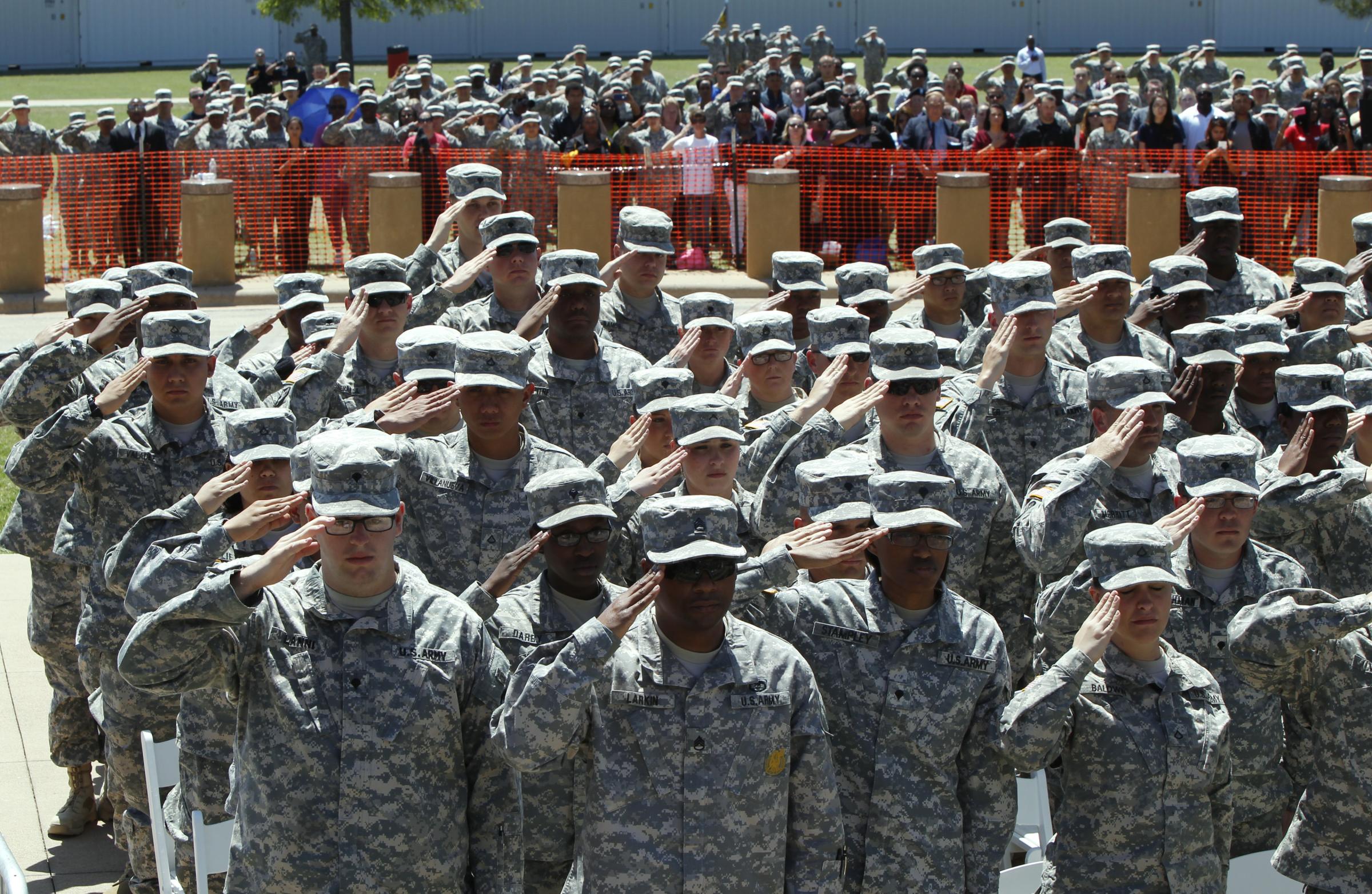
Earlier this year, the Supreme Court ruled that it was perfectly legal to shoo an anti-war protester away from a military base in California that he’d already been kicked out of once. It didn’t matter, the justices said, if the protester stood within a clearly marked “designated protest area.” In that case, the court decided on statutory grounds that all the land owned by the Air Force was considered “the base,” and the protester had been kicked off “the base.” So even though the protester now wanted to stand within an easement designed for public protest, he was out of luck. The court left the question of whether that violated the First Amendment to the lower court.
At Military Funerals…
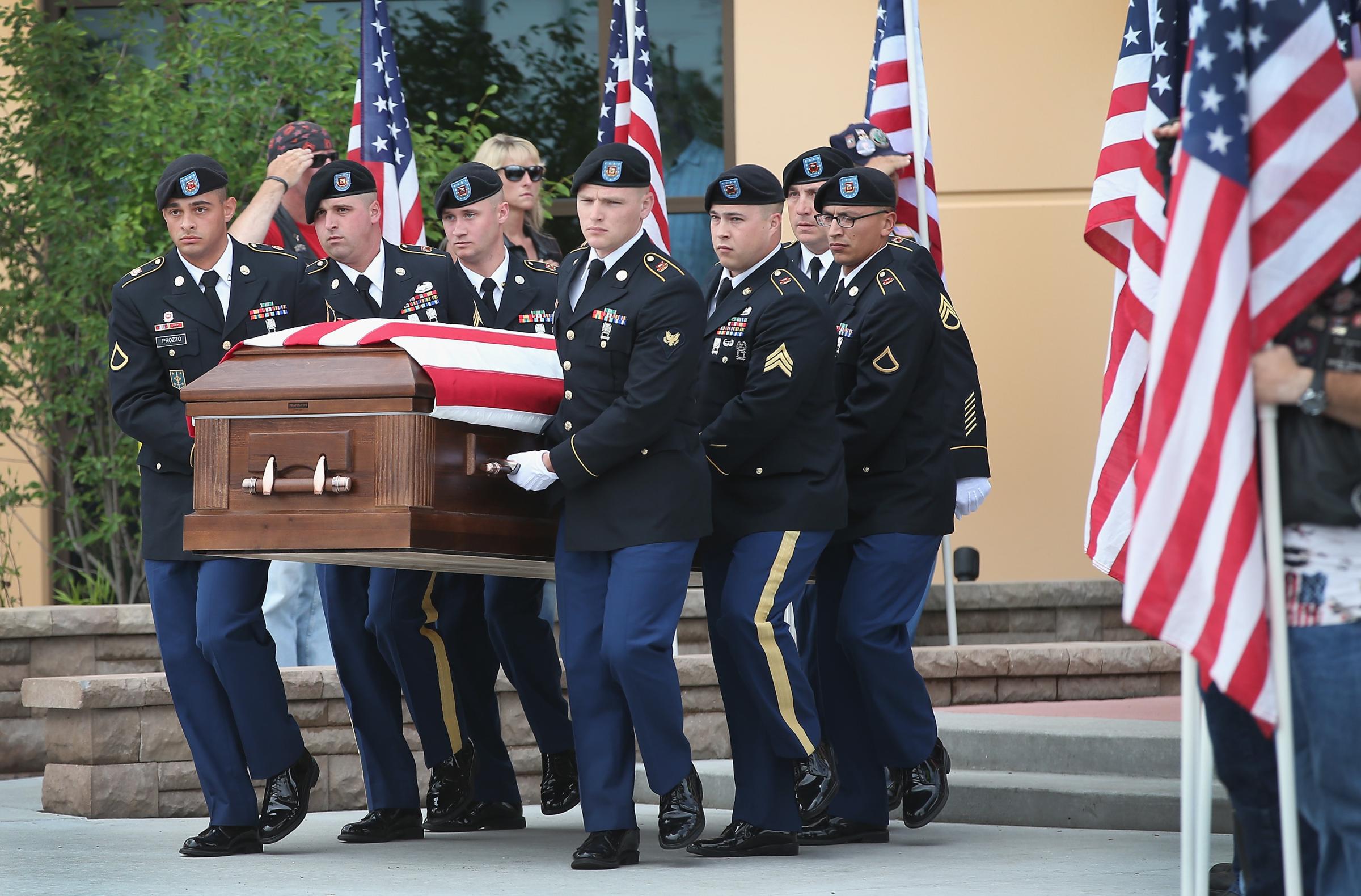
The Supreme Court decided in 2011 that the Westboro Baptist Church was allowed to protest military funerals on the grounds that “even hurtful speech” got First Amendment protections. The court, however, gave legislatures explicit permission to pass buffer zone laws restricting people from protesting outside cemeteries and funeral homes. At least 41 states took them up on the offer, and last year, U.S. Congress passed a sweeping law on veterans’ rights, one part of which prevented demonstrators from picketing a military funeral within two hours before or after the service, and from coming within 300 feet of grieving family members.
Outside Places of Worship…

While there hasn’t been a Supreme Court case on the matter, many states have laws on the books restricting protestors from getting too close to all kinds of religious sanctuaries, including mosques, churches, synagogues, and temples. Those buffer zones range in size from a few feet to shouting-distance.
At Polling Places…
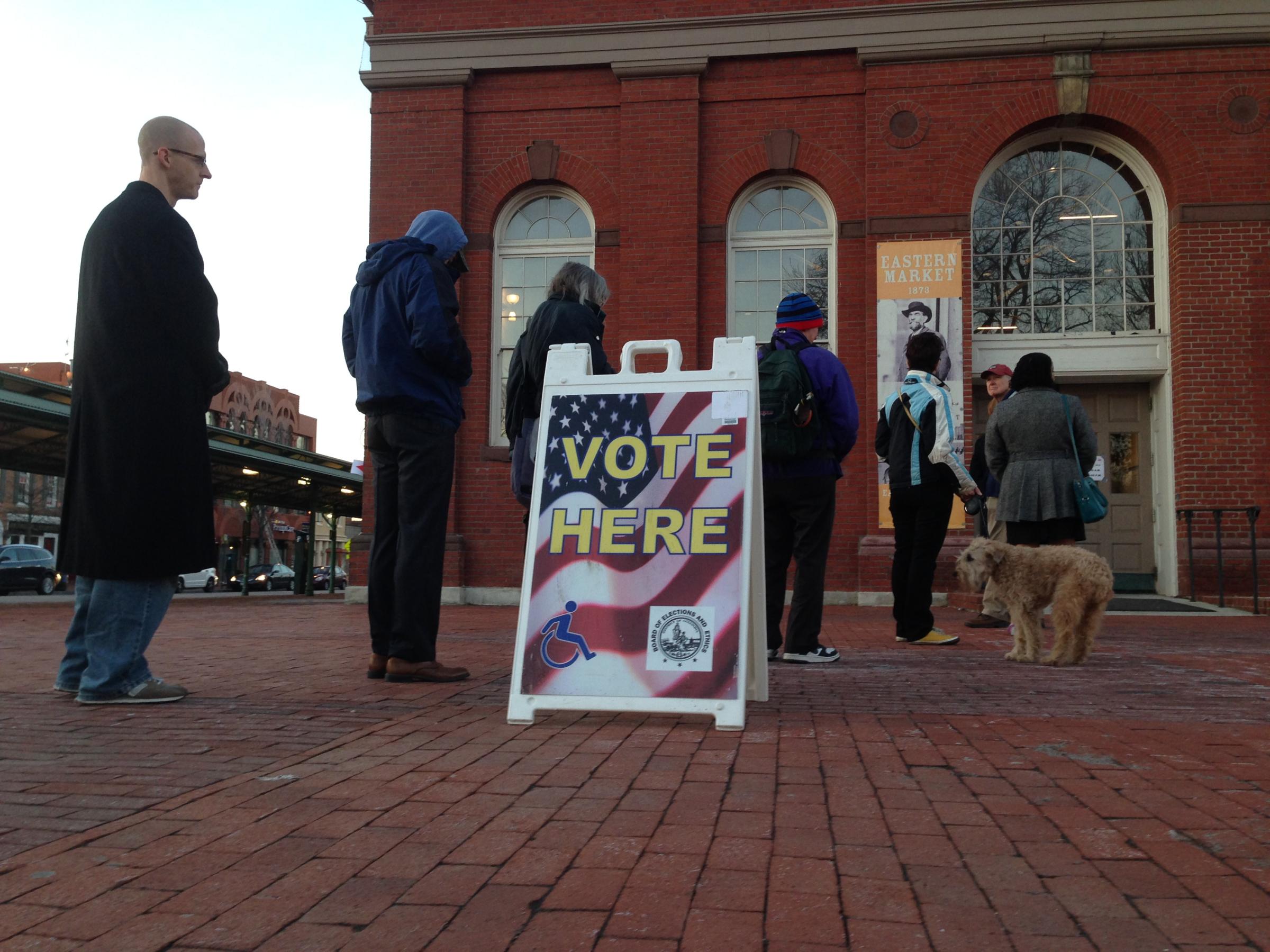
In 1991, the Supreme Court upheld a Tennessee law restricting protesters, campaign staff or others from coming within 100 feet of the entrances to polling stations to solicit votes or display campaign material. In that controversial 5-3 decision, the court found that since the Tennessee law didn’t block out political messages entirely—just within a narrow buffer zone—it passed muster under the First Amendment.
When the President is Nearby…
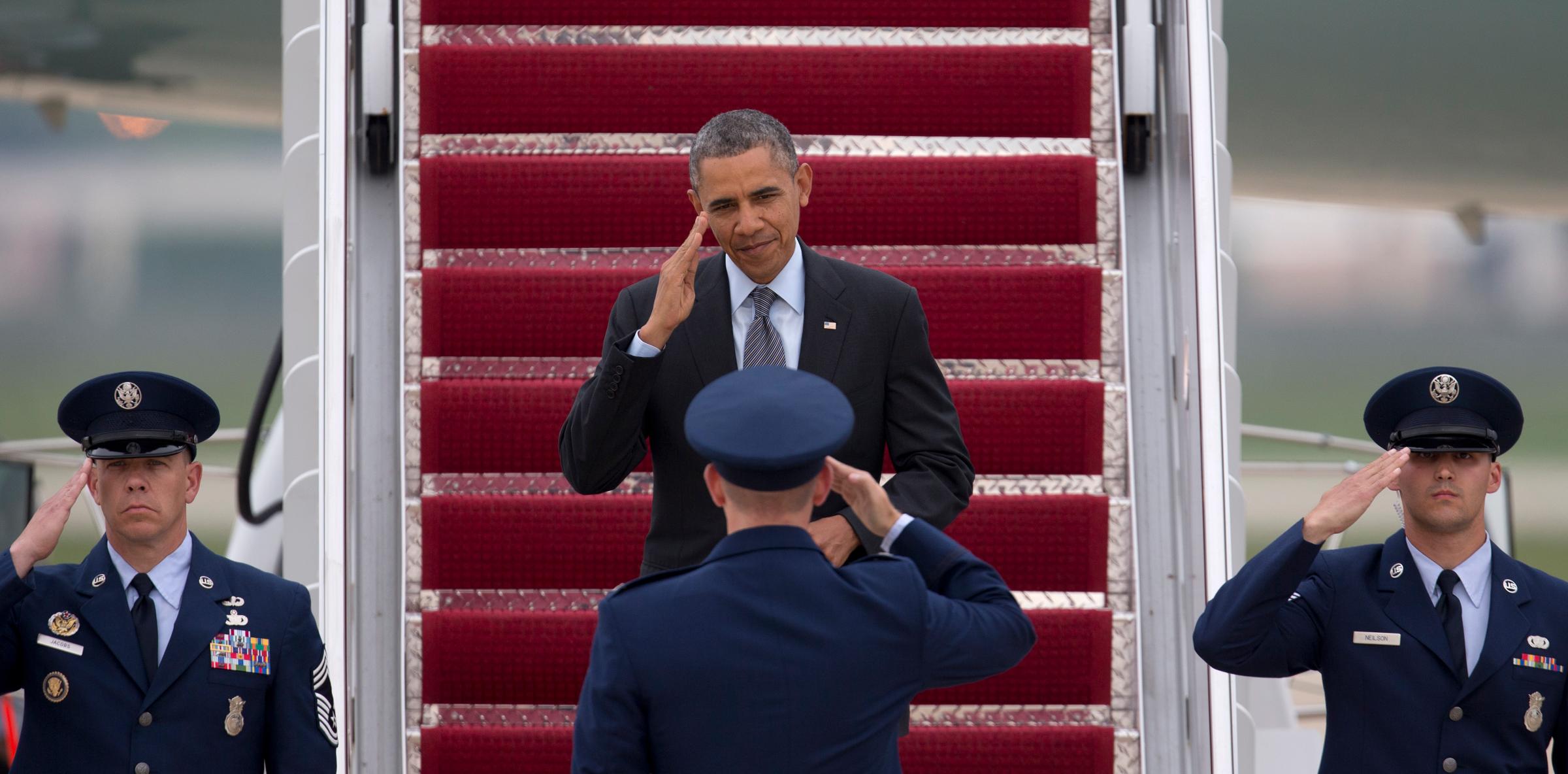
At a campaign event in Oregon in 2004, President George W. Bush’s Secret Service agents forced anti-Bush demonstrators, who had gathered on a public sidewalk, to stand farther way; however, they did not move a group of pro-Bush demonstrators—much to the chagrin of the American Civil Liberties Union, which took the case all the way to the Supreme Court. Just last month, the justices decided that the lawsuit could not go forward because the agents themselves could not be held liable. That anti-climactic decision left open the question of what rights protesters have in demanding proximity to the president.
At Political Conventions…
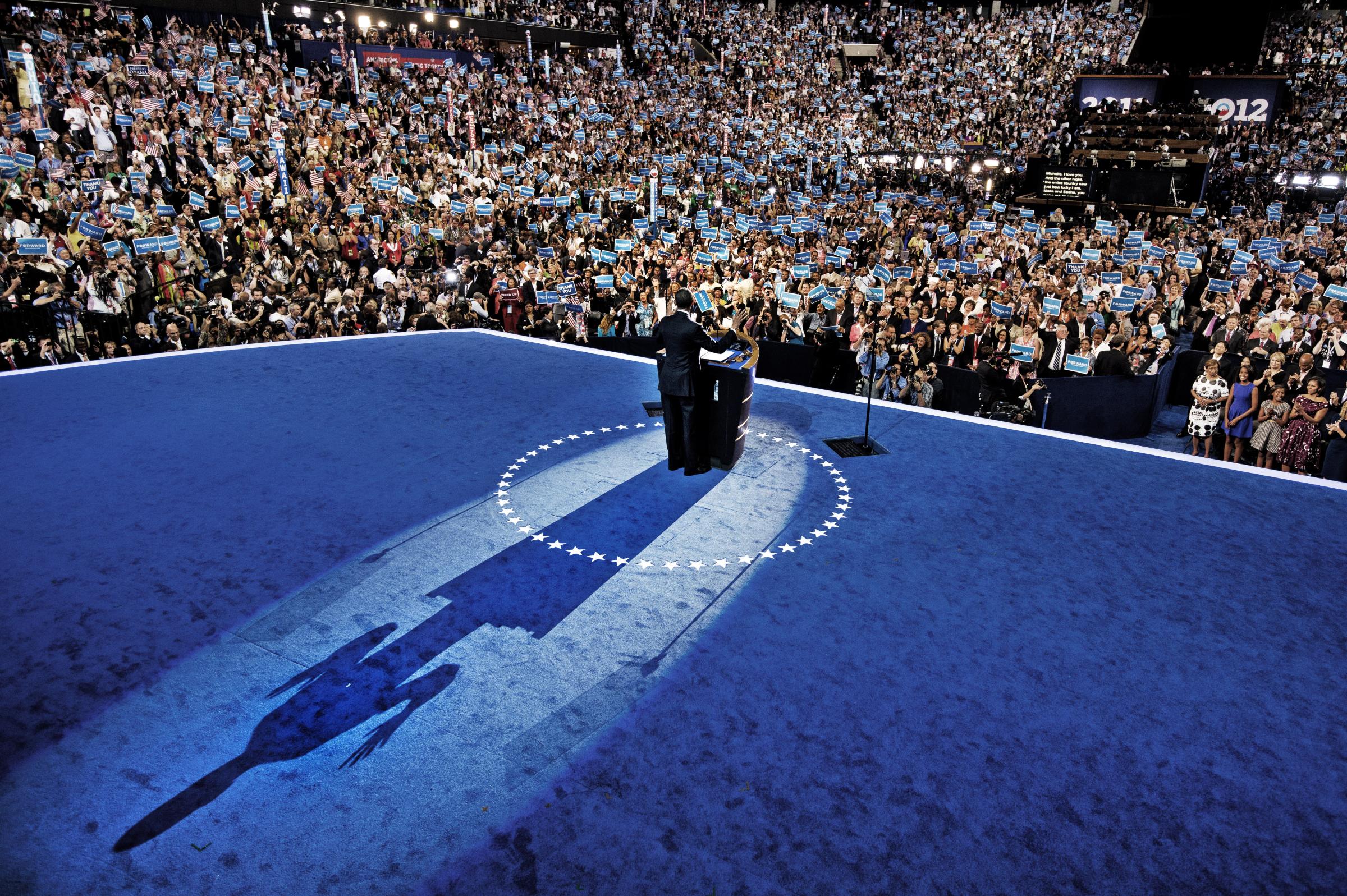
Every four years, the Republicans and Democrats hold their big, glitzy conventions and every year, hordes of protestors are herded around by police, prevented from coming within a few hundred feet of the entrances, and otherwise treated like chopped liver. In light of today’s court decision, do those impromptu buffer zones violate protesters’ First Amendment rights? Erwin Chemerinsky, a top lawyer on matters of free speech, calls that “a really interesting question,” but concedes that “we just don’t know yet.” Challenges to those laws have never made it to the Supreme Court.
Outside the U.S. Supreme Court itself…
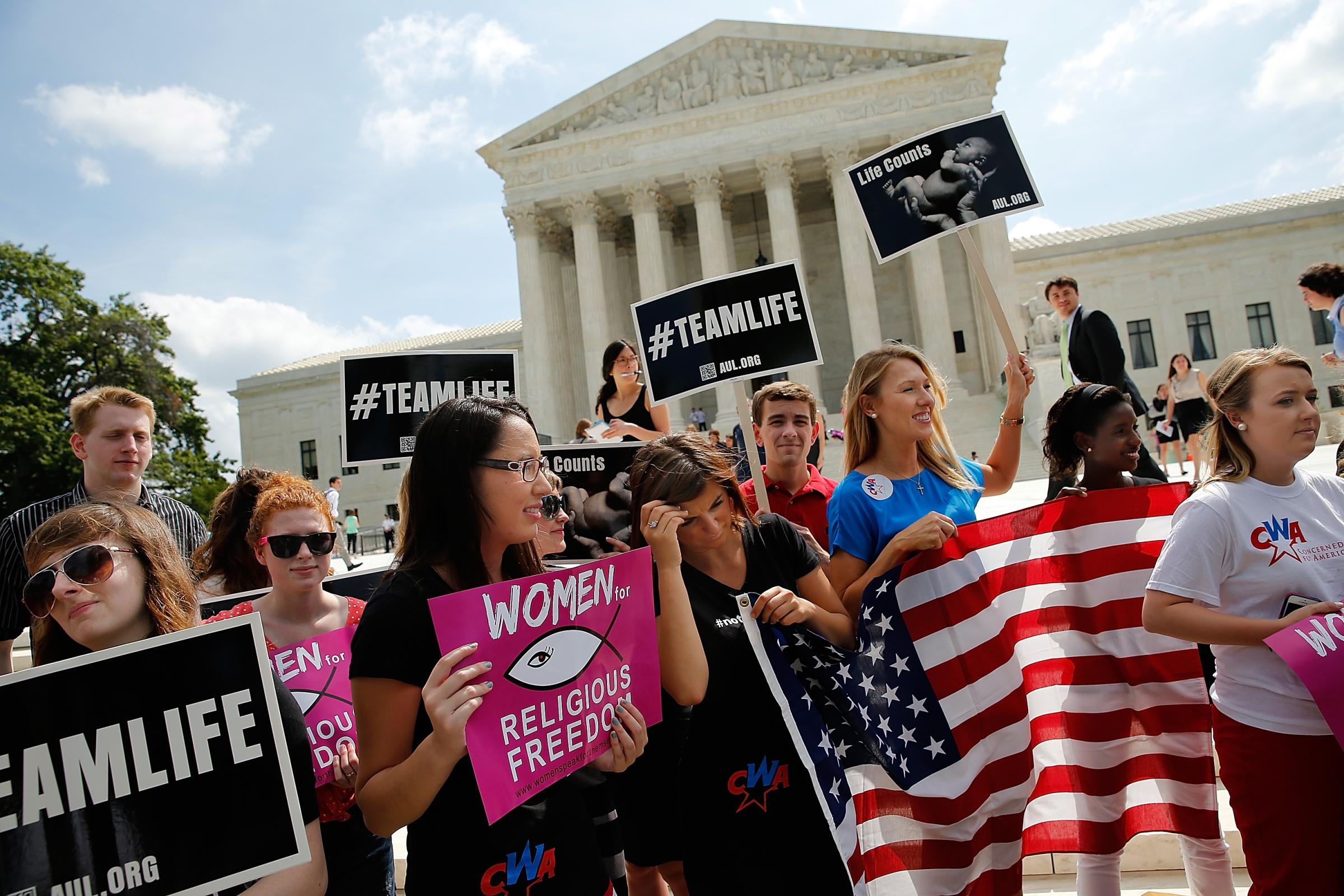
Last year, the Supreme Court issued a new regulation banning demonstrators from doing their thing on the marble plaza in front of the Supreme Court building in Washington, DC. The new regulation was in response to a federal judge’s decision last year that a previous regulation barring protests on the plaza was unconstitutional. He cited previous Supreme Court rulings that laws barring demonstrations on court property are unconstitutional, but the court’s marshal says the new regulation is necessary in order to ensure “unimpeded ingress and egress of visitors to the court” and maintain the appearance that SCOTUS is a “body not swayed by external influence.”
More Must-Reads from TIME
- Donald Trump Is TIME's 2024 Person of the Year
- Why We Chose Trump as Person of the Year
- Is Intermittent Fasting Good or Bad for You?
- The 100 Must-Read Books of 2024
- The 20 Best Christmas TV Episodes
- Column: If Optimism Feels Ridiculous Now, Try Hope
- The Future of Climate Action Is Trade Policy
- Merle Bombardieri Is Helping People Make the Baby Decision
Write to Haley Sweetland Edwards at haley.edwards@time.com